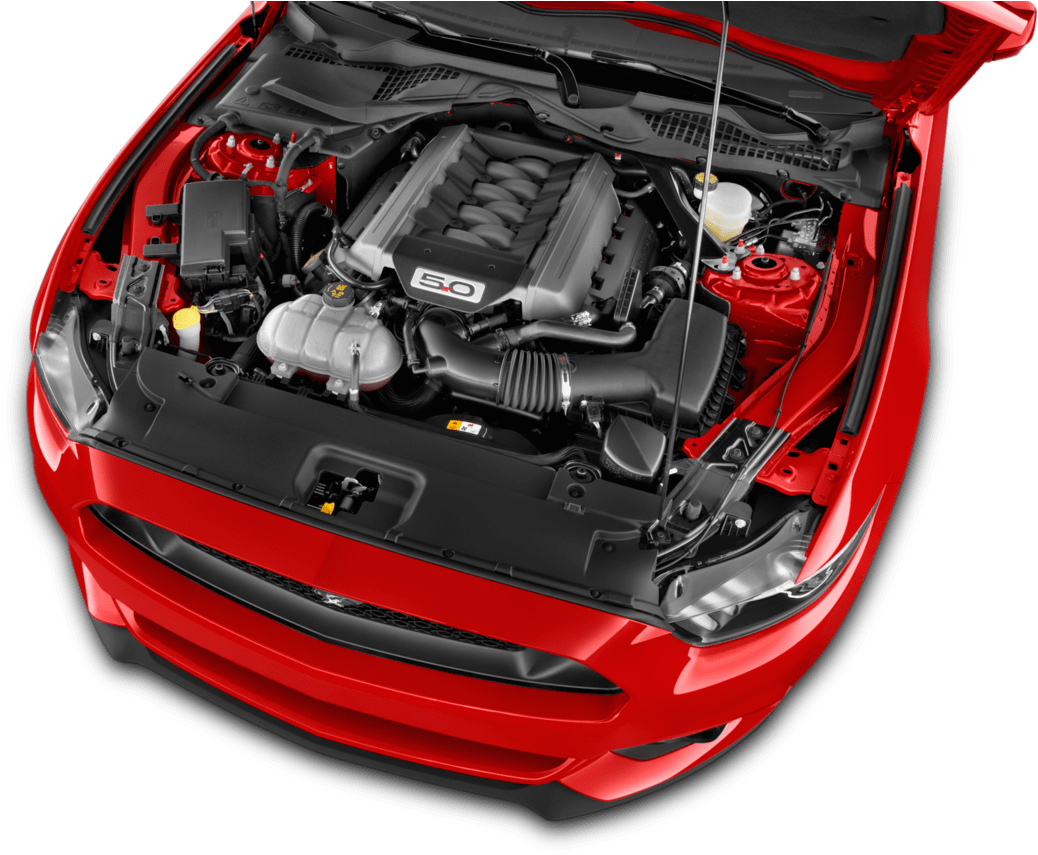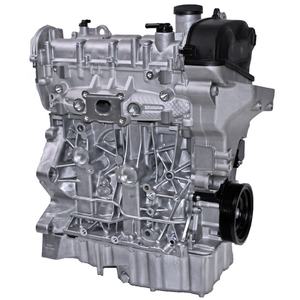Discovering the Inner Operation of a Compact Car's Engine System
As drivers, we usually consider granted the detailed procedures that occur within the confines of our automobile's engine system. The compact yet intricate machinery that propels us forward is a wonder of engineering accuracy and coordination. From the controlled surges in the burning chamber to the careful timing of gas injection, every component plays an important role in the smooth procedure of the engine. In this exploration of a portable car's engine system, we will unravel the internal workings of this mechanical harmony, clarifying the secrets that drive us forward on our everyday trips.
Burning Process Summary
The burning procedure in a compact car's engine system is an important mechanism that effectively transforms gas into energy to power the automobile. This procedure takes place within the burning chamber of the engine, where fuel and air mix, spark, and generate regulated explosions. The combustion process consists of four primary stages: intake, compression, exhaust, and power.
Throughout the consumption stage, the piston moves downward, attracting in a combination of air and fuel into the combustion chamber. This downward motion creates the power needed to drive the car. This cyclic combustion procedure is fundamental to the operation of a compact car's engine system, making sure effective power conversion for propulsion.
Piston and Cyndrical Tube Communication

The piston's precise fit within the cyndrical tube is crucial for maintaining optimal compression and preventing energy loss during burning. Limited clearances between the piston and cylinder wall surfaces make certain reliable securing, allowing the piston to move smoothly without allowing gases to leakage past. Correct lubrication is also vital to reduce rubbing and use between these components, enhancing long life and efficiency.
Moreover, the style and materials used in manufacturing the piston and cylinder impact engine performance and durability. Modern engines often use lightweight yet durable products like light weight aluminum alloys for pistons and cylinder linings to decrease inertia and enhance thermal efficiency. On the whole, the harmonious communication between the piston and cylinder is basic to the engine's performance and total efficiency.
Fuel Shot System Capability
Fuel injection systems in portable automobile engines play a vital role in specifically providing gas to the burning chamber for effective and controlled ignition. The fuel shot system functions by infusing fuel into the burning chamber at the optimal minute during the engine's procedure (opel corsa engine). This precise timing makes sure that the fuel blends evenly with the air for appropriate combustion, causing improved fuel effectiveness and reduced discharges
There are primarily 2 types of gas injection systems utilized in portable car engines: port gas injection (PFI) and straight fuel shot (DFI) PFI systems infuse fuel right into the consumption port before the intake valve, while DFI systems infuse gas directly right into the burning chamber. Both systems have their advantages, with DFI using far better fuel atomization and PFI offering an extra cost-effective option.
Recognizing Engine Cooling Systems
Reliable procedure of a small car's engine relies heavily on the performance of its cooling systems. The air conditioning system in a small car usually consists of several parts functioning together to manage the engine temperature level. Comprehending these engine cooling mechanisms is essential for maintaining the efficiency and durability of a portable automobile's engine system.

Exhaust System Elements Explained
The optimum performance of a compact vehicle's engine air conditioning systems depends on a corresponding system referred to as the exhaust system, which consists visit homepage of numerous vital components for making certain effective emissions and engine efficiency. The exhaust system includes parts such as the exhaust manifold, catalytic converter, muffler, and tailpipe. The exhaust manifold gathers exhaust gases from the engine's paths and cyndrical tubes them to the catalytic converter. The catalytic converter then transforms harmful toxins in the exhaust into much less hazardous emissions prior to releasing them via the muffler and tailpipe.
One vital component of the exhaust system is the oxygen sensor, which checks the oxygen levels in the exhaust gases to help control gas consumption and ensure ideal engine efficiency. opel corsa engine. In addition, the resonator may exist in some exhaust systems to reduce noise levels. Generally, the exhaust system plays an essential function in keeping engine effectiveness, reducing dangerous exhausts, and guaranteeing a quieter driving experience for small automobile proprietors

Conclusion
To conclude, the portable vehicle's engine system is a complicated mix of parts that interact to facilitate the combustion procedure, transform fuel right into power, and expel waste gases. Comprehending the inner functions of the engine system, consisting of the piston and cyndrical tube interaction, fuel injection system, engine cooling devices, and exhaust system parts, is essential for maintaining ideal efficiency and performance of the vehicle.
The combustion process in a portable lorry's content engine system is a vital system that effectively transforms gas right into power to power the vehicle.Fuel shot systems in portable lorry engines play a critical role in exactly providing gas to the burning chamber for efficient and regulated ignition.There are mainly 2 types of gas injection systems utilized in compact car engines: port fuel injection (PFI) and straight fuel shot (DFI) Recognizing these engine air conditioning mechanisms is important for maintaining the performance and longevity of a compact vehicle's engine system.
The optimum performance click here for info of a small car's engine cooling mechanisms depends on a corresponding system recognized as the exhaust system, which consists of different necessary parts for making certain effective emissions and engine efficiency.